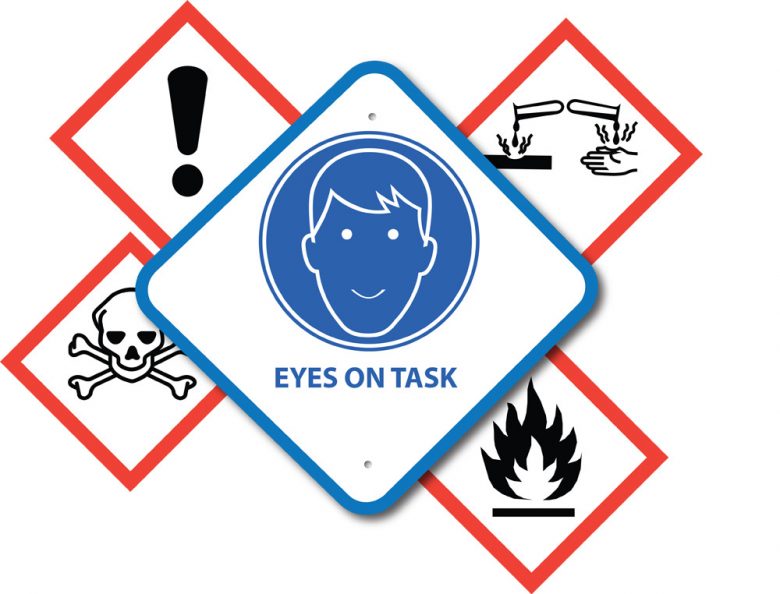This is an excerpt adapted from the article “Giving Safety a Common Language” originally published in the Fall/Winter 2015 issue of Safety Decisions.
Consider for a moment the impact of introducing the phrases “eyes on task” and “eyes not on task” to refer to when someone is or isn’t paying attention to what they’re doing. Suddenly, everyone in the workforce, from the CEO to a line worker, has a value-neutral term to refer to a common problem. Now, when a supervisor tells someone “eyes on task,” the person hearing it will have a clear understanding of what they mean—stay focused on what you’re doing to reduce your risk of injury. They won’t see it as nagging or a reproach, and they won’t be confused about what’s required of them.
It also provides employees with the linguistic tools they need to have effective safety conversations among themselves. In fact, I’ve seen the introduction of a common language act as the catalyst for workplaces that have struggled for years to introduce an observation system.
The trick is to ensure that the language used is specific and widely understood. Saying “work safe today” to your employees at the start of a shift isn’t effective because the exact meaning is vague; work safe how? However, saying “keep your eyes on task whenever you approach a chemical container” will prompt people to check labels, keeping them safer as a result. Of course, everyone needs to be trained on what “eyes on task” means in the same manner that training is required on how to read the new labels.
Any common language should focus on the aspects of the job that provide the biggest collective risk. In most cases, this will include a handful of physical factors like trip hazards, job activities like material handling or driving, and human factors like rushing, frustration, fatigue, and complacency. These big-ticket issues, and human factors in particular, are also among the easiest to develop a common language for because they often affect literally every single person in your organization.
Read the full version of “Giving Safety a Common Language” and check out other articles by Ray Prest.

